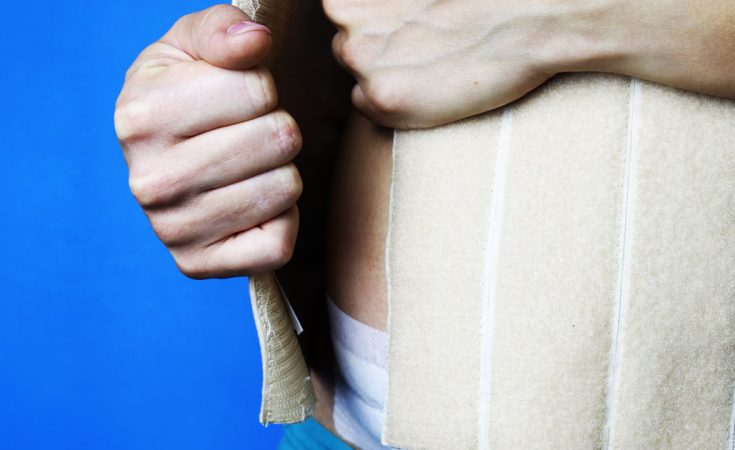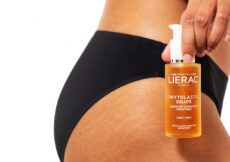
On top of hormones, breastfeeding, and caring for a newborn, society has piled yet another thing on to the list of worries women think of postpartum. We live in a generation obsessed with the SnapBack. If you are having a baby then it’s not unlikely that you’ve heard to make sure that you “wrap your belly” after you give birth. The idea of getting a postpartum belly wrap has been presented to me with all three of my children, and while my body is definitely different than it was pre-kids, I can’t for sure say that a wrap could have changed anything? So, I’ve done some research, and I was surprised with what I found.
What are the different types of postpartum belly wraps?
Looking for the best wrap to wear postpartum can definitely seem overwhelming. There are three common types of postpartum belly wraps.
- Wrap or band – This is the most common and probably what most people are thinking of when they hear about postpartum belly wraps. It is a wide elastic band that wraps around your belly and secures via velcro. For reference, you can think of it as an Ace bandage for your belly.
- Postpartum girdle – similar to the wrap in closure, but with a tighter compression. Girdles made specifically for postpartum are also generally made of elastic material.
- Postpartum corset – Corsets aren’t usually as popular for postpartum recovery, but some do use them. With the hook and eye closure, postpartum corsets don’t provide the same amount of adjustability as wraps do. This product is also more typically used for “waist training” which of course, is definitely not recommended.
The Cultural History Behind Postpartum Belly Wraps
“The traditional practice of wrapping the belly post-childbirth is an ancient art that was implemented in Asia, Europe, and Latin America,” according to Eternal Blossom Birth and Beyond. “The wrapping techniques commonly involved very long strips of cloth wound firmly around a woman’s midsection after giving birth to her child. As a new mother’s abdomen contracted down, the cloth was shortened and tightened.” The Sarashi (Japan), Bengkung (Malaysia) and Faja (Latin America) were all used on new moms after birth to aid in the healing process and the health of the new mom’s body.
What are the benefits of wrapping?
While uncomfortable for some, there are benefits to wrapping your belly after birth. Your body has gone through the process of stretching and growing to accommodate baby. With this your organs and abdominal muscles have also shifted. One of the main benefits to wearing a postpartum belly wrap is that it supports your core muscles as they return to their position.
Additionally for people that develop Diastasis Recti during or after pregnancy, the benefits are even greater. Diastasis Recti is a condition in which the abdominal muscles do not close naturally within a certain timeframe following childbirth. Wrapping your belly can help to hold the muscles together and aid in speeding up the closing process.
For parents that have had a C-section, belly binding can be even more helpful during the recovery period. With multiple layers of tissue and muscle being cut through, wrapping your belly can help with the incision healing. A study published by ResearchGate also found that women who delivered by C-section and practiced belly binding during their postpartum recovery experienced less pain, bleeding, and discomfort compared to those who did not practice belly binding after their surgeries.
Are there any disadvantages?
While there are some advantages for belly binding, the practice does pose slight disadvantages as well. For some, wearing the wraps too tight can cause hernias or uterine prolapse (a condition that causes the uterus to slip out of place and fall into the vagina). Also, you should never experience difficulty breathing while wearing a wraps of any kind. This is a clear indication that you need to readjust the wrap and loosen it.
The main takeaways for safely belly wrapping postpartum.
- There are definitely benefits for wrapping your belly postpartum. The main one is that it aids in helping your muscles and organs return to their appropriate position.
- It is most effective when done for medical reasons and not to “get your body back”. It does not flatten your tummy.
- Belly wrapping is for supporting postpartum bodies, and not to be confused with waist training.
- A soft wrap, like a belly band, is most popular and gives the most flexibility in adjustments.
All in all, consulting your healthcare provider, midwife or doula is important when it comes to caring for your body while pregnant and after birth. If you want a belly wrap to support your postpartum body and aid in your recovery and healing, you’ve got the info you need to do it!


































